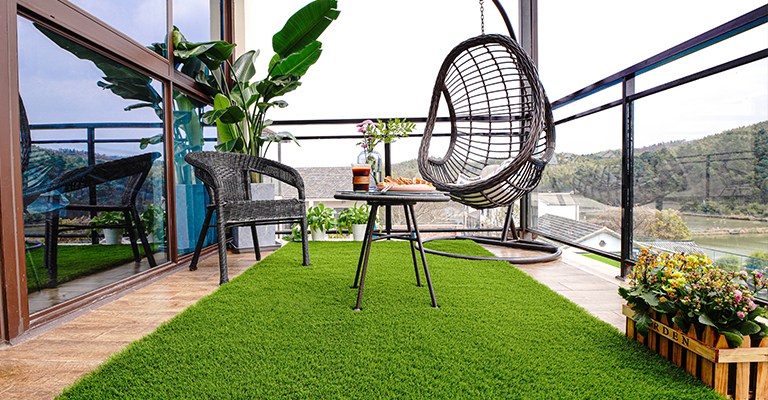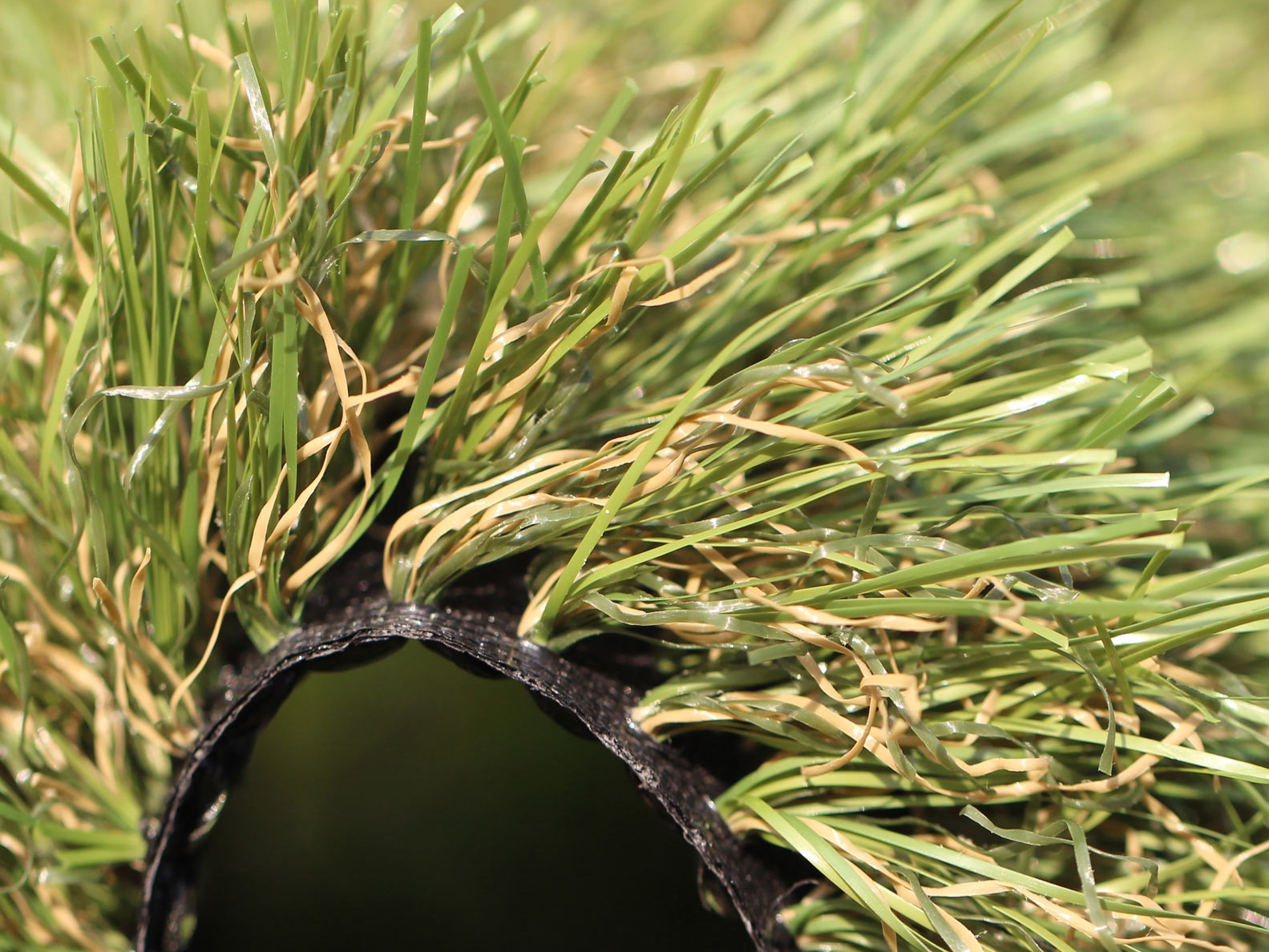Top Phoenix Turf Companies Providing High-Quality Synthetic Grass Solutions
See Why Homeowners Prefer Synthetic Grass for Sustainable Landscaping Practices
As homeowners increasingly focus on sustainability in landscaping, man-made turf has actually emerged as an engaging alternative to standard grass. What stays to be discovered is the full range of benefits that man-made turf can use to home owners and the atmosphere alike.
Water Preservation Benefits
Among one of the most considerable benefits of artificial grass is its role in water conservation. Typical grass lawns call for substantial quantities of water to maintain their rich look, usually causing overuse of neighborhood water resources, particularly in dry regions. In comparison, synthetic turf eliminates this need completely, as it does not call for watering. This not only saves water yet likewise reduces the stress on municipal water systems, specifically throughout drought conditions.
In addition, the installment of synthetic lawn can contribute to a much more lasting landscape. Property owners can dramatically reduce their water expenses, permitting for reallocation of resources to various other ecological initiatives or house usages. Furthermore, synthetic grass is developed to hold up against various climatic problems without the need for supplemental watering, making it an optimal selection for regions facing water shortage.
The environmental advantages extend beyond immediate water savings. By lowering water intake, synthetic grass assists to alleviate the influences of environment adjustment, maintaining important environments that are endangered by extreme water removal. As sustainable landscaping practices gain traction, synthetic grass becomes a responsible option for house owners seeking to develop eco-friendly exterior areas.
Minimized Maintenance Initiatives
Synthetic grass significantly lowers upkeep initiatives compared to conventional turf lawns. With artificial yard, property owners can remove the lengthy jobs connected with all-natural landscape design, such as mowing, feeding, and weeding. This not just saves valuable time however also minimizes physical labor, making lawn treatment accessible for people of every ages.
Standard lawns need constant trimming to keep a cosmetically pleasing elevation, whereas fabricated turf remains continually lavish without the need for cutting. Furthermore, home owners no longer need to use pesticides or plant foods, which are usually needed to keep natural grass healthy and balanced.
Moreover, synthetic grass is resistant and durable, calling for marginal maintenance past periodic brushing and rinsing to eliminate debris. This ease of upkeep permits homeowners to appreciate their exterior areas without the continuous concern of upkeep, providing even more time for recreation and household tasks. Eventually, the lowered maintenance efforts associated with synthetic grass make it an attractive choice for those looking for a low-maintenance, aesthetically appealing landscape.

Environmental Influence Reduction
There is a growing recognition of the ecological advantages related to synthetic grass, specifically in regards to water preservation and reduced chemical usage. Conventional yards need substantial quantities of water, specifically in drought-prone regions, resulting in boosted pressure on neighborhood water sources. In contrast, synthetic turf gets rid of the demand for watering, considerably minimizing water usage and promoting sustainability.
Furthermore, traditional yard maintenance frequently includes the application of chemicals, herbicides, and fertilizers, which can add to dirt and water air pollution. Synthetic grass minimizes this ecological danger by calling for very little upkeep and essentially getting rid of the need for hazardous chemicals. This not just boosts dirt wellness yet likewise secures regional environments from hazardous read more overflow.
Moreover, the manufacturing of all-natural turf yards normally includes using nonrenewable fuel sources for trimming and landscaping tools, more contributing to greenhouse have a peek at these guys gas emissions. By picking synthetic grass, home owners can dramatically reduce their carbon footprint connected with lawn treatment tasks.
Aesthetic Allure and Adaptability
In enhancement to its environmental advantages, synthetic grass provides substantial visual appeal and adaptability for landscape design. Property owners can attain a lavish, green appearance year-round, removing the seasonal fluctuations typically linked with natural grass. This constant visual not just boosts the visual charm of a property however additionally adds to a refined and properly maintained look.
Moreover, synthetic grass is readily available in a variety of appearances, designs, and shades, allowing for customization to suit individual preferences and layout motifs - Arizona turf. Whether used in household yards, industrial areas, or recreational areas, it can flawlessly integrate into diverse landscape design styles, from contemporary minimalist to lavish exotic settings
The adaptability of synthetic grass extends past simple appearance; it can be mounted in different areas, consisting of rooftops, patio areas, and also indoor rooms, creating possibilities for special landscape design remedies. Furthermore, it is suitable for a variety of activities, from youngsters's backyard to pet-friendly settings, providing capability without jeopardizing design.
Eventually, the visual charm and convenience of man-made lawn make it an attractive alternative for house owners seeking lasting landscaping options that do not give up beauty for ecological responsibility.

Long-Term Expense Financial Savings
One of the most compelling benefits of fabricated grass is its potential for long-term price financial savings. Unlike natural grass, which calls for routine maintenance-- consisting of mowing, watering, fertilizing, and pest control-- fabricated grass significantly lowers these continuous expenses.
In addition, synthetic grass has a life-span of 15 to 25 years, depending upon its top quality and usage. This toughness reduces substitute expenses, making it an extra economical check it out selection in the future. Additionally, the first investment in synthetic lawn can typically be recouped via the financial savings accumulated in time.
While the ahead of time expense may appear greater compared to turf installment, the advancing savings from reduced upkeep and water usage usually exceed these first expenditures. Ultimately, the fostering of synthetic grass not just advertises a lasting landscaping service yet also supplies homeowners a monetarily smart option that lines up with long-term budgeting goals.
Conclusion
Man-made grass emerges as a compelling choice for sustainable landscape design, supplying significant advantages in water preservation, decreased maintenance initiatives, and reduced environmental impact. As areas significantly focus on environmentally friendly practices, the fostering of man-made turf stands for a dynamic step towards attaining resistant and sustainable landscapes.
Additionally, fabricated grass is designed to hold up against different climatic problems without the requirement for supplemental watering, making it an excellent option for regions encountering water shortage. (Arizona turf)

Artificial lawn arises as an engaging choice for sustainable landscaping, offering significant benefits in water preservation, minimized upkeep efforts, and diminished environmental influence.